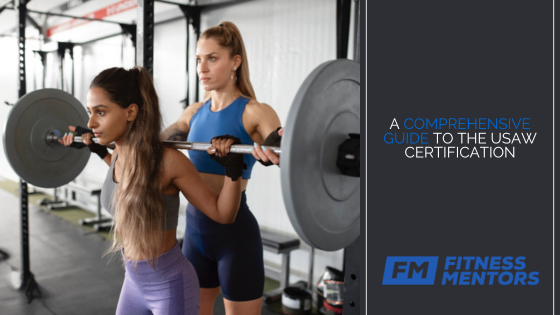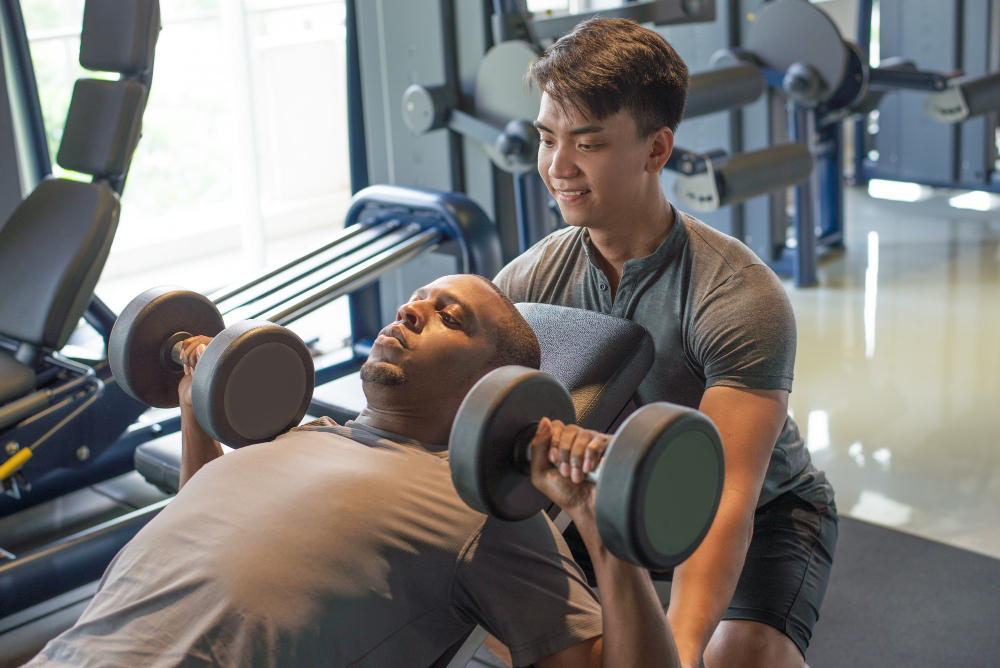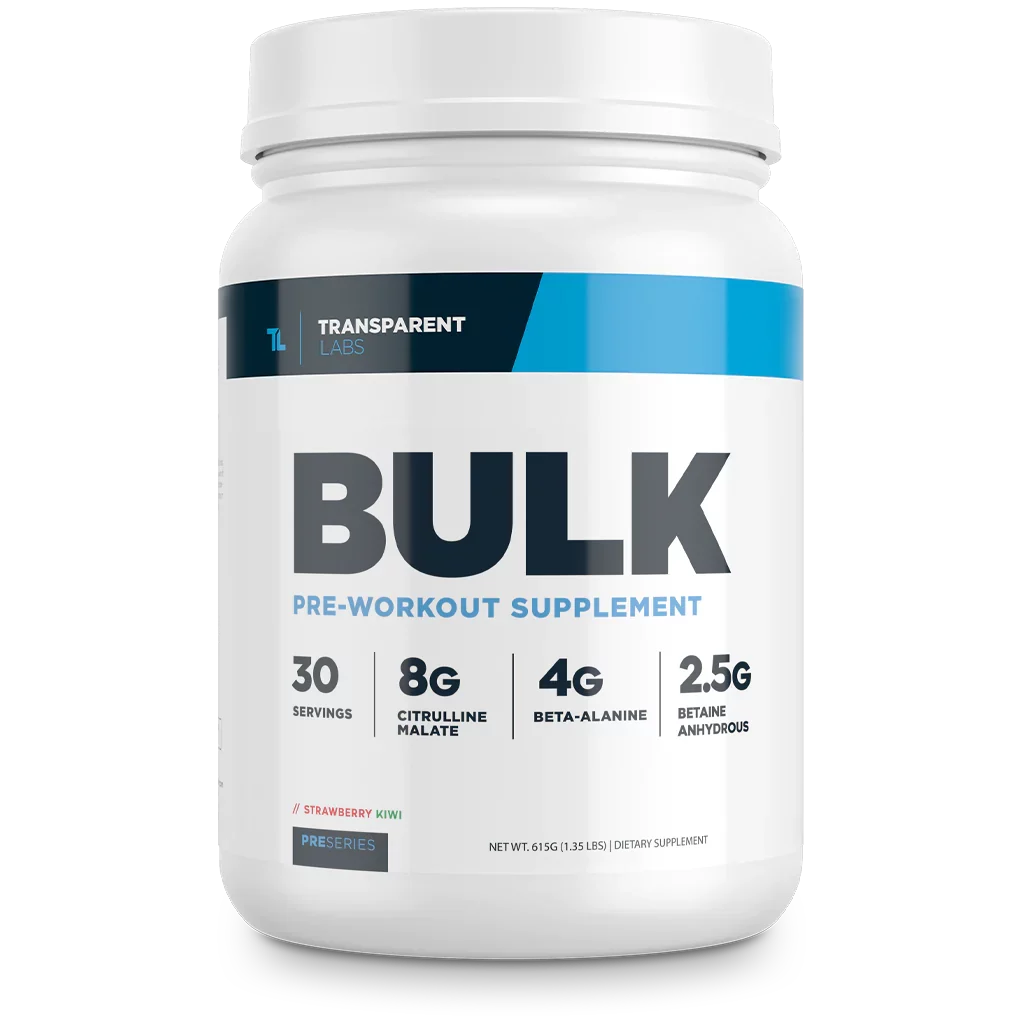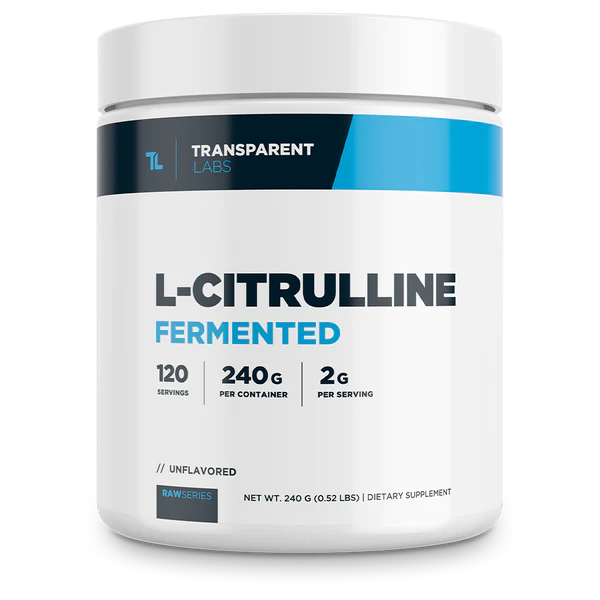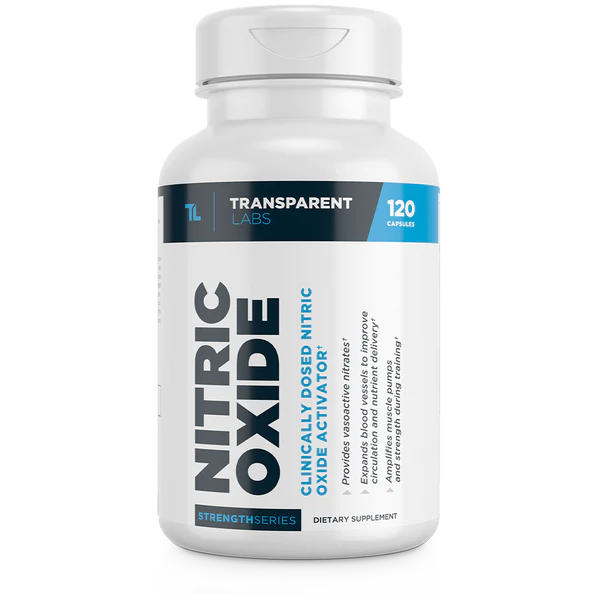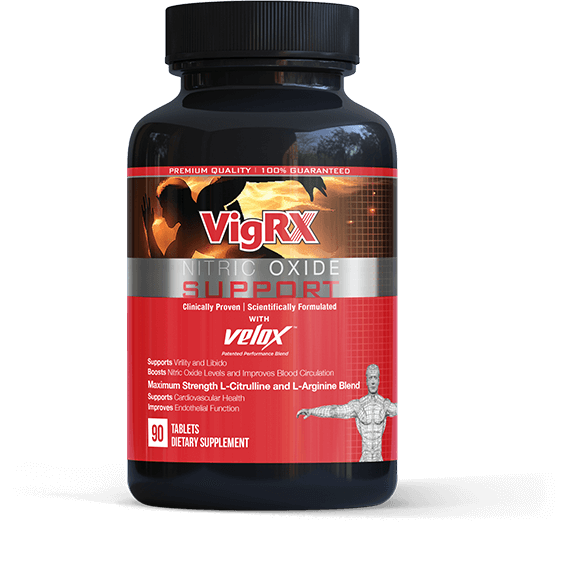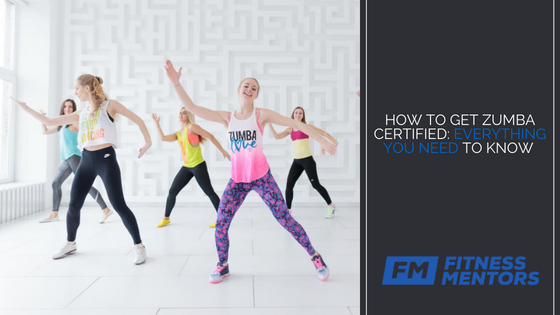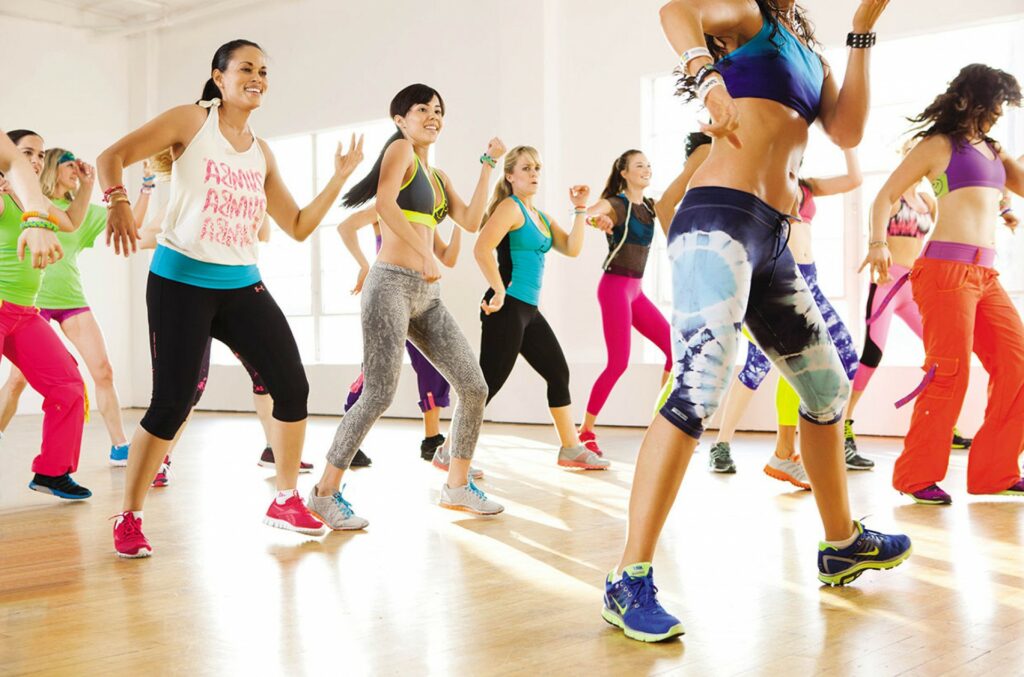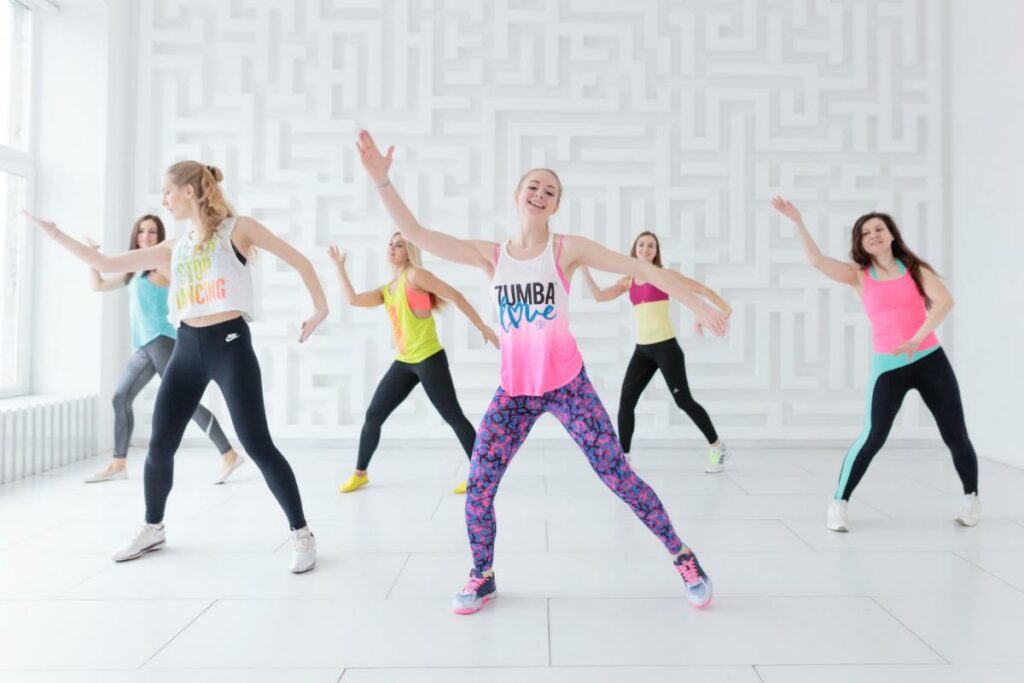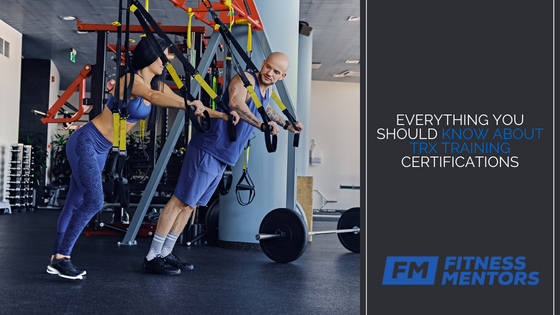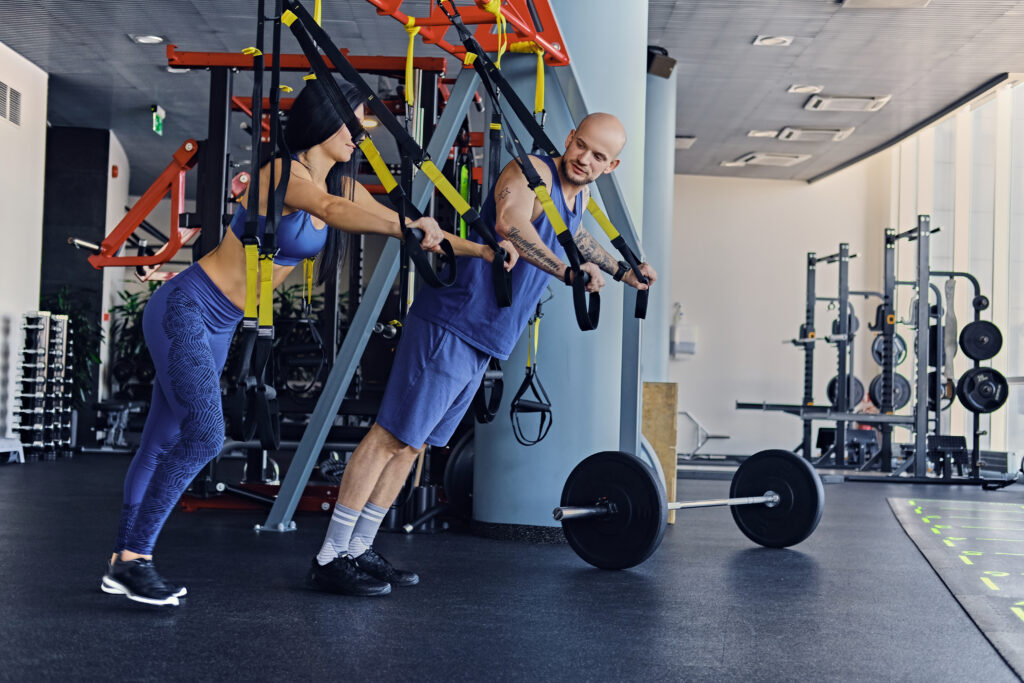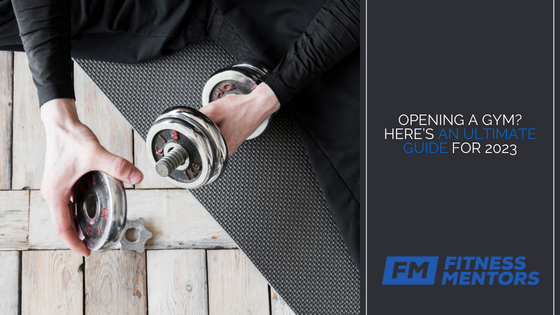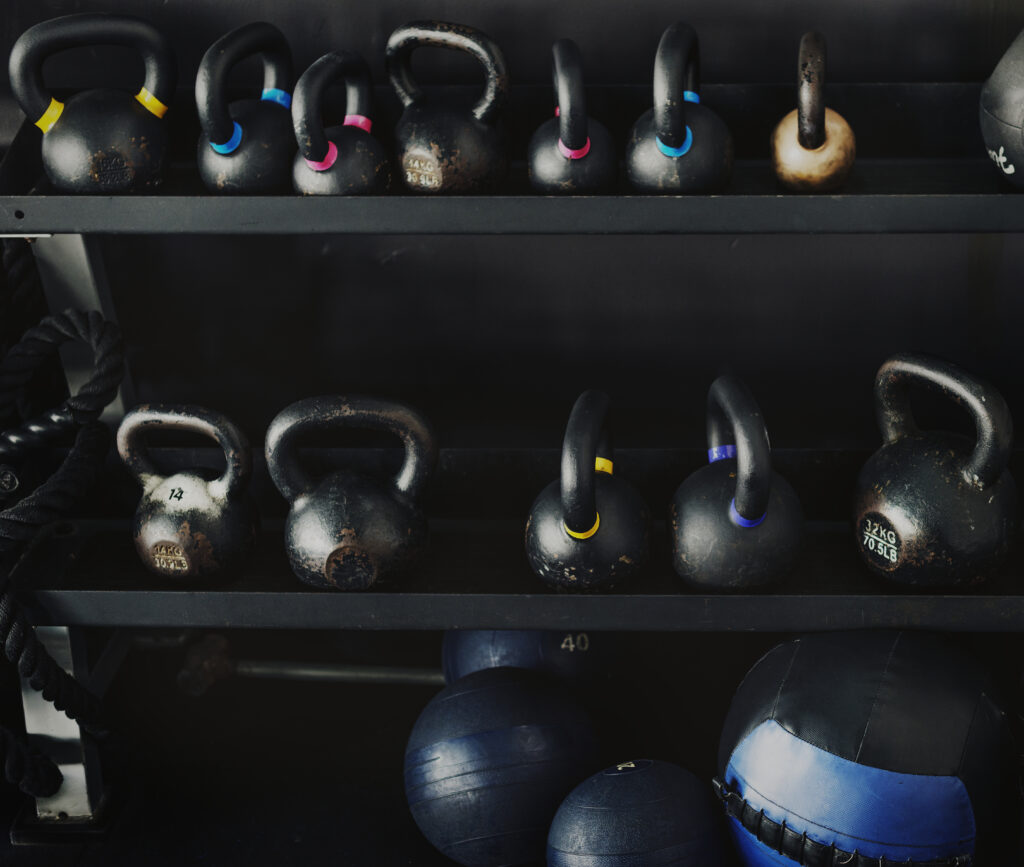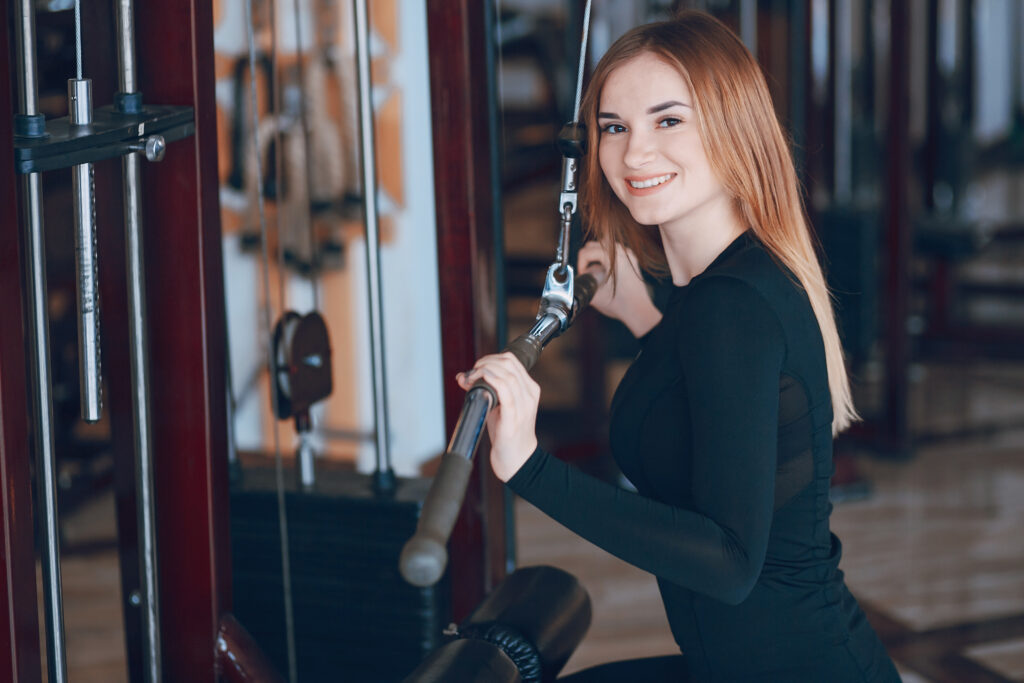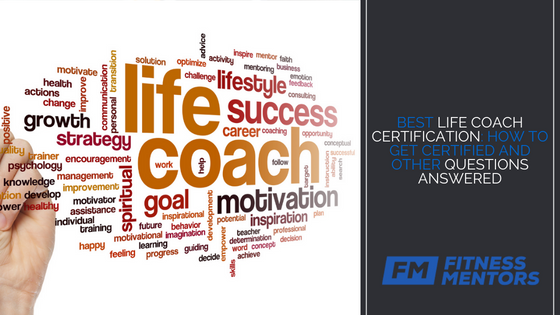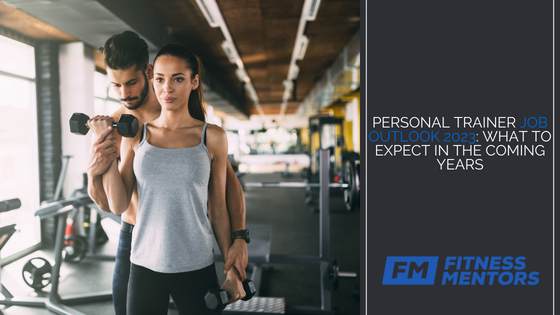Protein Intake Calculator
Find out how much protein you should consume per day!

This calculator utilizes the Mifflin-St Jeor equation which utilizes a systematic review to help users determine protein intake based on individual factors. Keep in mind a healthy diet includes carbohydrates, fats, vitamins and minerals in addition to protein.
Understanding our Protein Intake Calculator:
A protein intake calculator provides personalized recommendations based on individual factors such as age, weight, activity level, and fitness goals. By using a protein intake calculator, individuals can ensure they are consuming the optimal amount of protein to support muscle growth, repair, and overall health. This personalized approach helps individuals tailor their nutrition plan to meet their specific needs, whether they are aiming to build muscle, lose weight, or improve athletic performance. Additionally, a protein intake calculator can help individuals track their progress and make adjustments as needed to achieve their desired outcomes effectively.
In the world of fitness and nutrition, protein stands as a pillar of strength and vitality. It serves as the building blocks for muscle tissue, aids in muscle repair and recovery, supports immune function, and plays a crucial role in various metabolic processes. As a 20 year master personal trainer, determining the optimal protein intake for my clients has been paramount in helping them achieve their fitness goals and maintain their overall health. Aside from the calculator above let’s dive into the significance of protein intake, explore its importance, discuss methods for calculating protein in food, and highlight its essential functions in the body.
Welcome to Protein Class! I’ll be your professor!
Understanding Protein Intake:
Protein intake refers to the amount of protein consumed daily through dietary sources such as meat, poultry, fish, dairy, legumes, nuts, seeds, and other sources. The recommended protein intake varies depending on factors such as age, gender, weight, activity level, and fitness goals. For individuals engaged in resistance training, especially to gain muscle or increase muscle definition, higher protein intake may be necessary to support muscle growth, repair, and recovery.
Importance of Protein:
Protein plays a many unique roles in the body, and is pivotal for various physiological functions:
1. Muscle Growth and Repair:
Protein provides the essential amino acids necessary for muscle protein synthesis, the process by which muscles grow and repair following exercise-induced damage. Adequate protein intake is crucial for optimizing muscle recovery and promoting muscle hypertrophy (growth). Too little protein can hinder this process and can even lead to a loss of muscle.
2. Metabolic Health:
Protein has a higher thermic effect compared to carbohydrates and fats, meaning the body expends more energy (calories) during protein digestion and metabolism. This can contribute to increased satiety, improved metabolic rate, and enhanced fat loss when included as part of a balanced diet.
3. Immune Function:
Many immune system components, including antibodies and immune cells, are composed of proteins. Consuming adequate protein supports immune function, helping to defend against infections and illnesses.
4. Hormone Regulation:
Proteins serve as precursors for various hormones and enzymes involved in regulating metabolism, growth, and tissue repair. Adequate protein intake is essential for maintaining hormonal balance and overall health.
Calculating Protein in Food:
Determining the protein content of food items can be done using various methods:
1. Food Labels:
Most packaged food products display nutritional information, including protein content, on their labels. Reading food labels can help individuals track their protein intake and make informed dietary choices.
2. Online Databases and Apps:
Several online resources and smartphone apps provide comprehensive databases of food items and their nutritional profiles. These tools allow users to search for specific foods and calculate their protein content per serving.
3. Weighing and Measuring:
For unprocessed or homemade foods without nutritional labels, weighing and measuring ingredients using kitchen scales and measuring cups can help estimate protein content based on standardized serving sizes.
The Role of Protein in the Body:
Protein serves as the foundation for numerous physiological processes, including:
1. Enzymes and Catalysts:
Proteins act as enzymes and catalysts, facilitating biochemical reactions essential for metabolism, digestion, and nutrient absorption.
2. Structural Support:
Proteins provide structural support to cells, tissues, and organs, contributing to the integrity and function of muscles, bones, skin, hair, and nails.
3. Transport and Storage:
Proteins help transport molecules such as oxygen, nutrients, and waste products throughout the body, ensuring proper cellular function and metabolic balance.
4. pH Balance and Fluid Regulation:
Certain proteins act as buffers, helping maintain pH balance and fluid homeostasis within the body. They play a crucial role in regulating blood pH, electrolyte levels, and overall acid-base balance.
Foods High in Protein
When it comes to obtaining protein from food sources, a diverse and balanced diet is key to ensuring adequate intake of essential amino acids and supporting overall health and well-being. Incorporating a variety of protein-rich foods into your diet can provide a wide range of nutrients while satisfying your daily protein requirements. Here are some of the best foods to get protein from:
- Lean Meats:
Lean meats such as chicken breast, turkey breast, lean cuts of beef, and pork tenderloin are excellent sources of high-quality protein. These meats are not only rich in protein but also low in fat, making them ideal choices for individuals looking to optimize their protein intake while minimizing excess calories.
- Fish and Seafood:
Fish and seafood are nutrient-dense sources of protein that also provide essential omega-3 fatty acids, vitamins, and minerals. Salmon, tuna, trout, sardines, and mackerel are particularly rich in protein and heart-healthy fats, making them valuable additions to any diet.
- Eggs:
Eggs are a versatile and affordable protein source, containing all nine essential amino acids in a highly digestible form. Incorporating eggs into your diet can provide a nutrient-packed boost of protein, vitamins, and minerals. Whether boiled, scrambled, or poached, eggs make a convenient and nutritious addition to meals and snacks.
- Dairy Products:
Dairy products such as milk, yogurt, cheese, and cottage cheese are rich in protein and calcium, essential for bone health and muscle function. Opt for low-fat or non-fat varieties to minimize saturated fat intake while maximizing protein content.
- Plant-Based Proteins:
Plant-based protein sources such as legumes (beans, lentils, chickpeas), tofu, tempeh, edamame, nuts, seeds, and quinoa are excellent options for individuals following vegetarian or vegan diets. These foods are not only rich in protein but also high in fiber, vitamins, and minerals, promoting overall health and satiety.
Tips for Getting Protein in the Diet:
1. Prioritize Protein at Each Meal:
Include a source of protein in every meal and snack to ensure consistent intake throughout the day. This helps promote muscle protein synthesis and supports satiety and weight management.
2. Plan and Prep Protein-Rich Meals:
Plan and prepare meals in advance to ensure you have convenient access to protein-rich foods throughout the week. Batch cooking proteins like chicken, fish, or tofu can save time and streamline meal preparation.
3. Incorporate Protein into Snacks:
Choose protein-rich snacks such as Greek yogurt, cottage cheese, hard-boiled eggs, or nuts and seeds to help bridge the gap between meals and maintain energy levels.
4. Experiment with Plant-Based Proteins:
Explore a variety of plant-based protein sources to diversify your diet and enhance nutrient intake. Incorporate beans, lentils, tofu, and other plant-based proteins into soups, salads, stir-fries, and grain bowls for a flavorful and satisfying meal.
5. Read Food Labels:
Pay attention to food labels and choose products with higher protein content and lower added sugars and unhealthy fats. Opt for lean protein sources and minimally processed foods whenever possible to maximize nutritional benefits.
By incorporating these protein-rich foods into your diet and following these practical tips, you can ensure you’re meeting your daily protein needs while enjoying a balanced and nutritious eating pattern that supports your overall health and fitness goals.
Overall, protein intake plays a vital role in supporting muscle growth, repair, and overall health. Understanding the importance of protein, calculating protein content in food, and recognizing its essential functions in the body are key steps in optimizing nutrition and achieving fitness goals. By incorporating adequate protein into their diets and utilizing protein intake calculators as a guide, individuals can harness the power of protein to maximize muscle strength, enhance recovery, and promote overall well-being.





